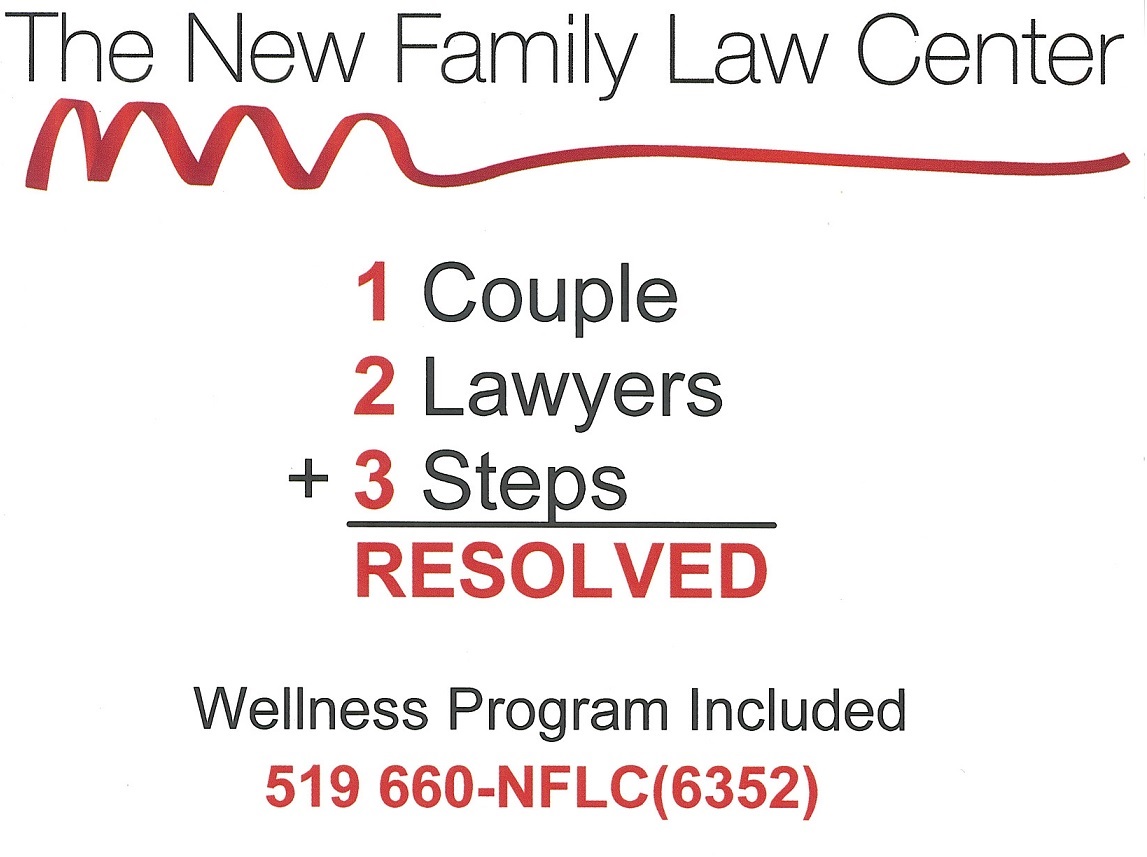
I’ve been contemplating the issue of students self carrying asthma reliever puffers and the tragic death of Ryan Gibbons, age 12, from an asthma attack last year at a Thames Valley District School Board school in Straffordville, Ontario. Ryan’s mother, Sandra Gibbons, describes her son as comical, playful, compassionate, helpful, one who would always befriend others especially those who were bullied, and who loved trampoline, swimming, and computers. I am terribly sorry for this family’s loss.
Tragically, Ryan was outside playing soccer during recess when he told his friends he wasn’t feeling well. His mother, Sandra, said during a radio interview this month that getting a cold was a trigger for Ryan’s asthma and he needed his puffer more at that time of year (it was October), but there was no sign he was unwell when he went to school that morning. He headed to the school office to get his inhaler, but by the time he got there, he had blacked out and could not use an inhaler. It brings tears to my eyes to imagine the fear that Ryan experienced during this ordeal and the pain I know Sandra feels when she said that if recognized, Ryan’s death probably could have been prevented.
This tragedy has been on the news lately, and the facts have become clearer: Ryan’s Principal at Straffordville Public School required Ryan’s inhaler to be kept in the office. Sandra knew that Ryan needed immediate access to his medication and desperately wanted him to carry it with him, but his school administrators would not allow him to self-carry. Sandra would place a puffer in Ryan’s bag or coat hoping the school staff would not find it, but the staff repeatedly found it and called her to pick it up. They would explain that Ryan may have one puffer in the office, and that’s the only location it could be kept, and the only one he could have. They would call Sandra to pick it up and would not even send it home with Ryan because their position was that he was not even permitted to carry it home, and they would state that it must be kept in the school office unless Ryan had “Doctor’s permission” to let him carry it. Sandra filled out every medical form the school supplied year after year, which forms were signed by Ryan’s doctor, and she believed that every permission needed was in place, but the exasperating cycle continued.
I’ve been in touch with Sandra by e-mail, and she has been doing interviews all week in support of proposed legislation titled Ryan’s Law. The bill mandates every school board to develop a policy to help minimize exposure to asthma triggers. It also requires that an individual plan be developed for each student with asthma that outlines protocol in the event of emergency, and that a file be kept with all current treatment information, including whether the pupil has physician permission to carry his or her inhaler at all times. This is very similar to the wording of Sabrina’s Law, An Act To Protect Anaphylactic Pupils, but Sabrina’s Law is silent about the right to self carry epinephrine, which right has been accepted without question. In fact, Sabrina’s Law refers to “storage of epinephrine, where necessary”.
MPP Jeff Yurek, who is a pharmacist, was approached by Sandra and The Lung Association for support, and he agreed to champion the Bill. Mr. Yurek said to the Toronto Star: “Having one’s reliever puffer (an inhaler that delivers a medicated mist into the user’s lungs) on hand at all times is vitally important to mitigate sudden asthma attacks.” I wish to add one clarification: Rather than say a reliever puffer should be kept “on hand”, it is better to keep it “within reach” at all times, and the best way to achieve this is by carrying it in your pocket or wearing it on your body in a belt or carrying case.
To put the danger of an asthma attack into perspective, I know a woman who lost her adult daughter to asthma. Her daughter was a grown woman alone at home when an asthma attack came on, and she died trying to make it from the bathroom of her home to the kitchen to retrieve her inhaler: That’s the life and death emergency reality of an asthma attack.
The proposed Ryan’s Law has passed second reading and will now head to Committee. After that, the third reading will occur. You can help speed this Bill’s progress through Committee by calling your MPP to explain the situation and ask for his or her support. It has been proposed that other illnesses be umbrellaed into it, such as anaphylaxis, which is an excellent idea.
There is a link between asthma and epinephrine: In case you were not aware, though I’ve written about this previously, expanding labeling indicates use of an EpiPen for temporary emergency treatment of severe life-threatening asthma attacks. That is, when the puffer isn’t providing relief or can’t be administered (for example with an unconscious patient), injecting the patient with an EpiPen is the treatment to provide.
I agree with Mr. Yurek that this is a provincial issue that needs leadership. Authority for a student to have immediate access to rescue medication on his or her body, not in a bag inside the school or in the office, be it an asthma inhaler or an EpiPen, must be understood and explicitly stated in legislation. I learned from one of Sandra’s interviews that Ryan actually had an extra puffer hidden in his bag that day, though that would not have saved him, since the bag was also inside the school. The need to self carry is obvious. The authority for school board employees to rescue a student with a dose of medication from a puffer needs to be explicitly stated (epinephrine administration is already covered by Sabrina’s Law), and any fear of misuse or dangerous contraindications or liability must be set aside.
This tragic situation prompted me to look at the provisions covering epinephrine at schools. I read comments from people who believed that the right to self-carry epinephrine is covered by Sabrina’s Law, but it is not. Anaphylaxis has received must more attention at school, which I’m thankful for, but I wonder why asthma has not received much attention. Did a student have to die to shed light on this problem, just as Sabrina’s death at school from anaphylaxis revealed the flaws in allergy management?
Why are we blessed with the handbook Anaphylaxis: A Handbook for School Boards written by the Canadian School Boards Association, which specifically says that students should self-carry epinephrine as soon as they are old enough, but asthma has not received this attention? Why too do we have the resource “Anaphylaxis in Schools & Other Settings” prepared by the Canadian Society of Allergy and Clinical Immunology (CSACI), which specifically says that epinephrine should be carried by the student by grade one or two. The simple statement is made that classmates and friends should be taught not to play with an auto-injector. Secondary to the dose the student is to wear, the dose in the classroom, first aid kit, or office is referred to as the back up dose. Even the Thames Valley School Board’s Medical/Health Support For Students Policy No. 5001 states at paragraph 3.2 that as soon as they are “old enough”, students should carry their own auto-injectors.
The CSACI adds that epinephrine can be used to treat life-threatening asthma attacks as well as anaphylactic reactions, and that asthmatics who are at risk of anaphylaxis should carry their asthma medications with their epinephrine. I confirmed with Sandra that Ryan did not have any known allergies. I wish he had been given one or more doses of epinephrine when he was unconscious and unable to coordinate an inhalation from his puffer. It may have saved him.
The above handbooks didn’t apply to Ryan, as he had no known allergies. I live in the same school district in which Ryan died, and the school policy document that does apply is the Medical/Health Support For Students Policy No. 5001 for the Thames Valley School Board. There is only one paragraph about asthma (in contrast, the word “EpiPen” is used 44 times in the document). The asthma paragraph simply reads:
2.4 INHALED MEDICATIONS Inhaled medications are used by students with Asthma to help control breathing difficulties. Inhaling devices include puffers, aerochambers, powdered inhalers and compressors. An Authorization for Administration of Prescription Medication is to be completed if students require assistance from Board staff in using these devices.
Students requiring regular inhalation therapy (administration of medication through a mask using a compressor) can be referred to Community Care Access Centre (CCAC) to request nursing support.
The Authorization for Administration of Prescription Medication Form simply gives permission to give medication to the student to a “Person Administering Medication”, which is signed by the Principal and the Doctor. It includes the name of the prescription medication, dosage, frequency, instructions, duration, and any anticipated side effects. There is nowhere to indicate that a child should be allowed to carry his or her medication, which no doubt contributed to Sandra’s exasperation.
Paragraph 1.10 of the school board policy document states that a student log form and authorization form are to be stored with all medication in a secure location. Specifically, it reads that :
All medication and an INDIVIDUAL STUDENT LOG OF PRESCRIPTION MEDICATION and an AUTHORIZATION FOR ADMINISTRATION OF PRESCRIPTION MEDICATION will be stored together in a secure location. It is the obligation of the parent, guardian or student to ensure that information on the student’s file is kept current and includes the medication that the student is taking.
The Principal will monitor the administering of the prescription medication and ensure appropriate security for storage of medications.
The Individual Student Log of Prescription Medication Administered that the school is required to keep collects data under the authority of Section 327 of the Education Act for “Principal administrative purposes related to Board operation, school programs and educational services, student records, and Ministries of the Government of Ontario”. If the collection of these statistics is what kept Ryan’s Principal from allowing him to carry his medication, that is truly tragic.
Paragraph 1.11 immediately follows, which reads:
1.11 Any deviation from these Procedures must have the prior written approval of the Executive Superintendent of Program Services.
Ryan’s inhaler fell into the catch all provisions for “medication”. It is obviously not the same as a dose of antibiotics or eye drops, rather it is clearly for emergency rescue. It should be noted that although most people believe EpiPens are prescription medication in Canada, they are in fact a non-prescription “behind the counter” medication here.
I don’t believe this was the reason that Ryan was denied access to his medication though: I believe the school administration was ignorant of the risk their rigid policy posed to Ryan and they neglected to inform Sandra of the simple step to take to authorize a deviation from the procedures they were following, or to take the step to request a deviation themselves. I would not be surprised if they were ignorant of this procedure, since they told Sandra a doctor’s authorization was required, which is false. One would think they would have read the entire policy document, given their rabid enforcement of part of it. Ryan paid for this with his life, and the only silver lining is that through Ryan’s Law, students with asthma will be properly cared for and protected at Ontario schools in the future.
I suppose that our elderly are the only other population this could happen to: Their medication would be locked up in cabinets in retirement home and nursing home settings. They’re adults though, who would be trusted keeping rescue medication with them, and there would be trained medical personnel and resuscitation equipment on site. We have failed our most vulnerable population, our children, terribly by locking up the rescue medication they desperately need to survive. I can’t stand the thought of it.
My sons attend school in the same school district as Ryan did. Due to Jacob’s food allergy, we were given an Individual Medical Emergency Plan to fill out and have his Doctor sign. The school medical/health policy only requires this form for students at risk of anaphylaxis but not for asthmatics. Do they not realize that asthma attacks are medical emergencies? We too filled out an Authorization For Administration of Prescription Medication form, and both forms were given to us along with this cover letter, which specifically suggests that students self carry epinephrine or asthma puffers.This implies that Ryan’s Principal had the authority to deviate from the rigid policy he or she was applying and that the Board would tolerate this, with or without the approval of the Executive Superintendent.
One way or the other, Ryan should be alive today, or at least Sandra should have the peace of mind of knowing that he was lost despite having rescue medication within reach. May this innocent child rest in peace, may Ryan’s Law become law quickly, and may Sandra find peace of mind knowing that Ryan’s life made a difference.
* I would love for you to support Ryan’s Law by sharing this article either by using the Sharing Is Caring buttons below, or by copying and pasting this link: http://blog.onespotallergy.com/2013/12/asthma-tragedy-at-school-reveals-flawed-board-policy-ryans-law-proposed/









Hi Elizabeth,
This is great. I have shared on http://www.severeallergyconnect.com and will share via social media as well. I prefer the Thames Valley prescription permission form over ours in Peel -I do not like the wording on ours which says something to the effect of: We will not be responsible for delay or failure to administer medication.
Thanks for your continued dedication to the cause.
My son has anaphylactic food allergies as well as asthma. He’s been carrying his own epi for as long as I can remember (his current middle school is THRILLED and extremely allergy supportive). I had no idea about epinephrine helping during an asthma attack. While my son has never had an attack, and really only shows signs of it during a cold, there’s always a chance, right? Thank you for posting this. NO ONE has ever told us this, not even his doctor who treats for both conditions.
My heart goes out to Ryan’s family :*(